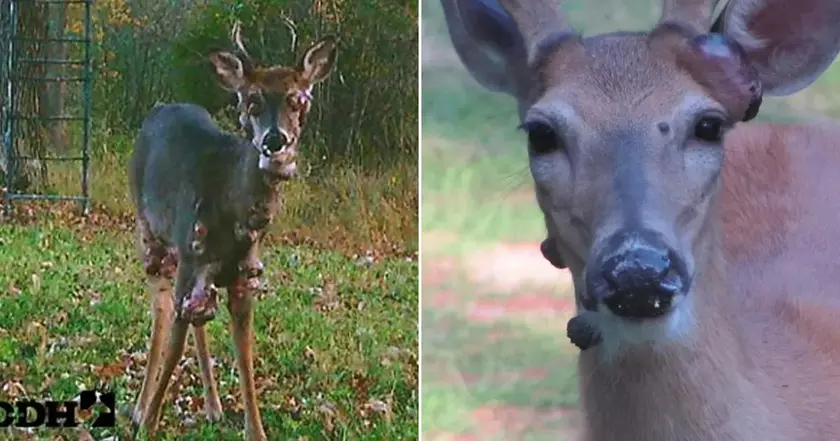T4K3.news
Zombie rabbit health story clarified
Officials say the so called zombie rabbit disease is not a risk to pets and should be reported through official channels.

A clear look at the so called zombie rabbit disease and what it means for pets and other animals.
Zombie rabbit disease poses no risk to pets
CRPV, the Shope papillomavirus, causes rough red bumps around the ears, eyelids, neck and shoulders of rabbits. The virus is not a new problem in the United States and has been present for about a century, wildlife officials say. Online posts about zombie looking rabbits have spread faster than official updates, prompting calls for caution in what is shared as fact.
Transmission is mainly rabbit to rabbit, and there is no evidence the disease jumps to dogs, cats or people. The growths do not usually cause serious harm unless they interfere with eating, and many rabbits recover as their immune system fights the infection. Officials urge people who spot sick wildlife to report it through official channels rather than relying on social media photos.
Key Takeaways
"The Shope papillomavirus has been present in the U.S. for around a century and is not new in Washington"
Gunnell clarifying the virus history
"We cannot provide confirmation of a wildlife disease based on photos from social media alone"
Gunnell on diagnostic limits from social media
"The growths don’t harm the rabbits unless they interfere with eating"
Van Hoose on impact of symptoms
"The virus can spread from rabbit to rabbit but not to other species"
Van Hoose on transmission
The story reveals how quickly wildlife questions go viral before experts weigh in. It shows the importance of patient, evidence based reporting and the risk of sensational framing around odd animal appearances.
It also clarifies a basic point for readers: looking strange does not automatically mean danger to households. Communicators should connect curiosity with reliable sources and steer readers toward official channels for verification and reporting.
Highlights
- The Shope papillomavirus has been present in the United States for about a century
- We cannot confirm wildlife disease from photos on social media alone
- The virus can spread from rabbit to rabbit but not to other species
- Social posts should not replace official data in wildlife reports
Ongoing updates from wildlife agencies will keep this topic grounded in fact
Enjoyed this? Let your friends know!
Related News
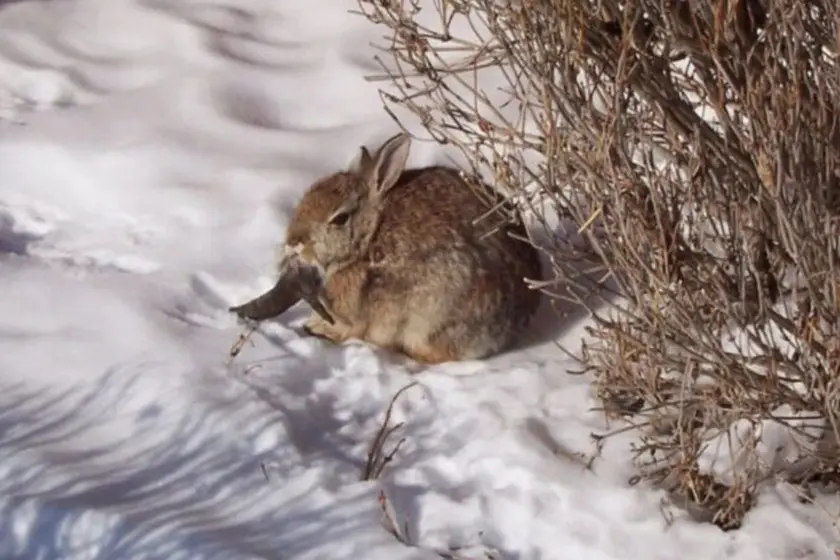
Rabbits in Colorado show virus linked growths
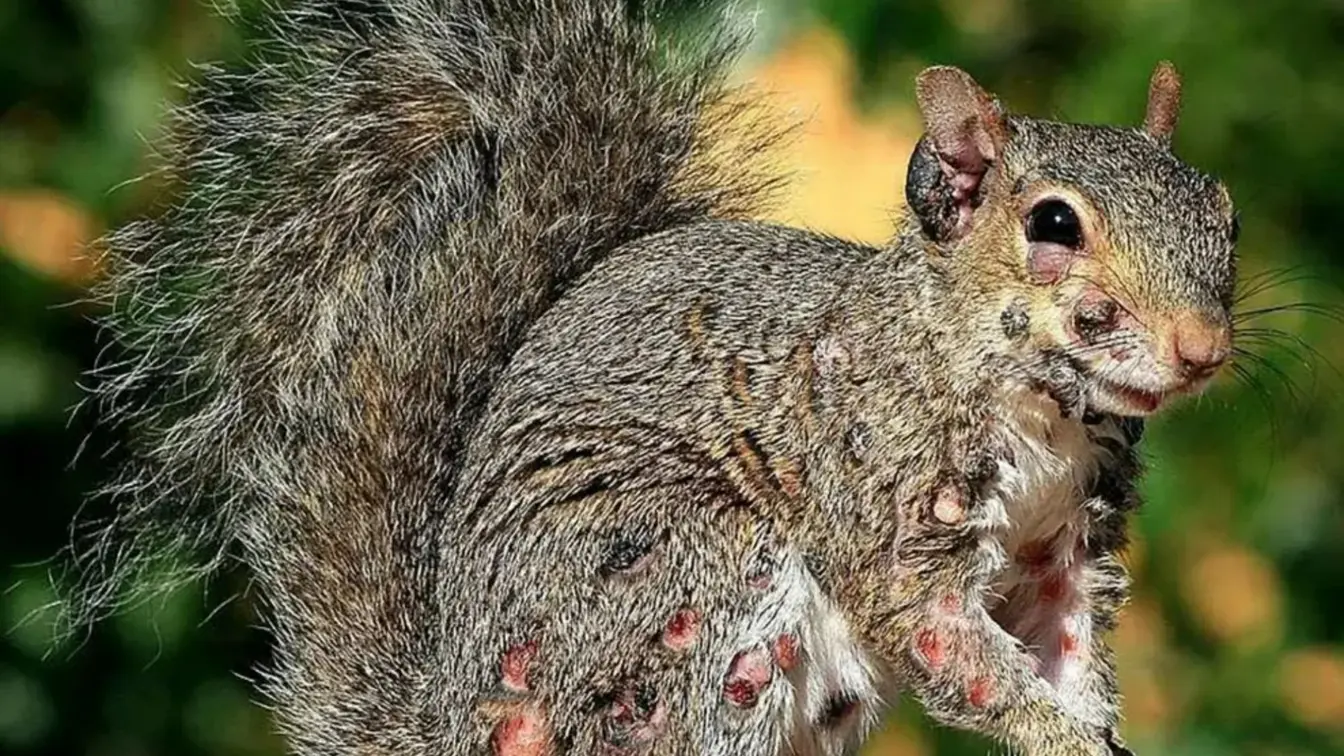
Zombie squirrels story

Zombie Squirrels in Backyards
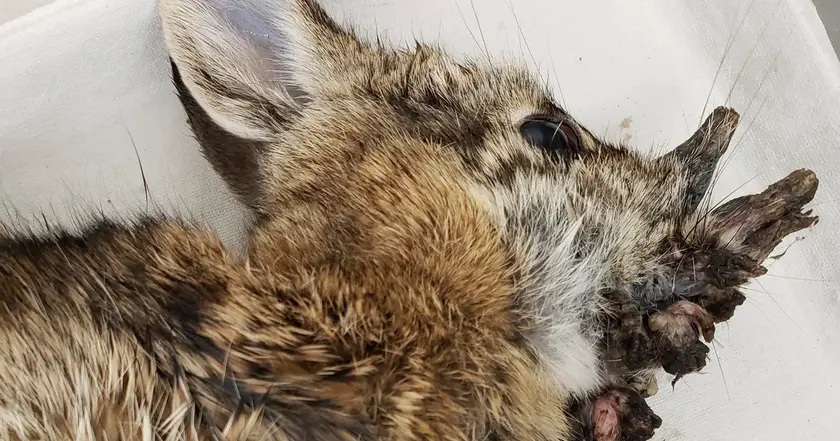
Colorado rabbits grow hornlike growths from a common virus

Frankenstein rabbits alert

Frankenstein bunnies spotted in Colorado

Squirrels with growths prompt wildlife health questions
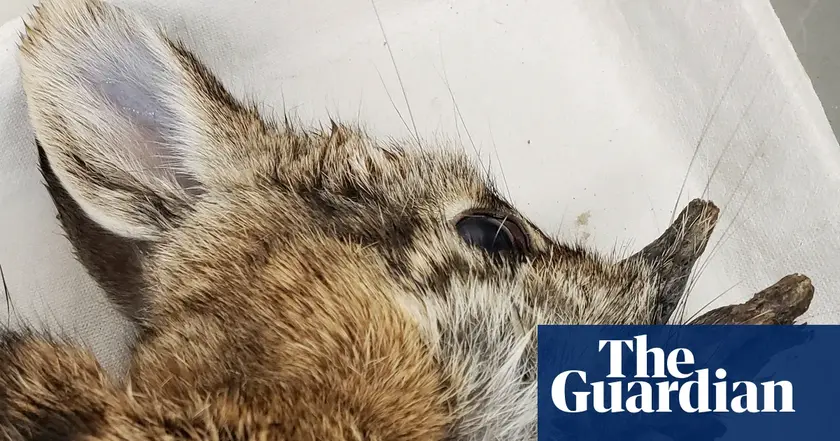
Demon rabbits not dangerous
